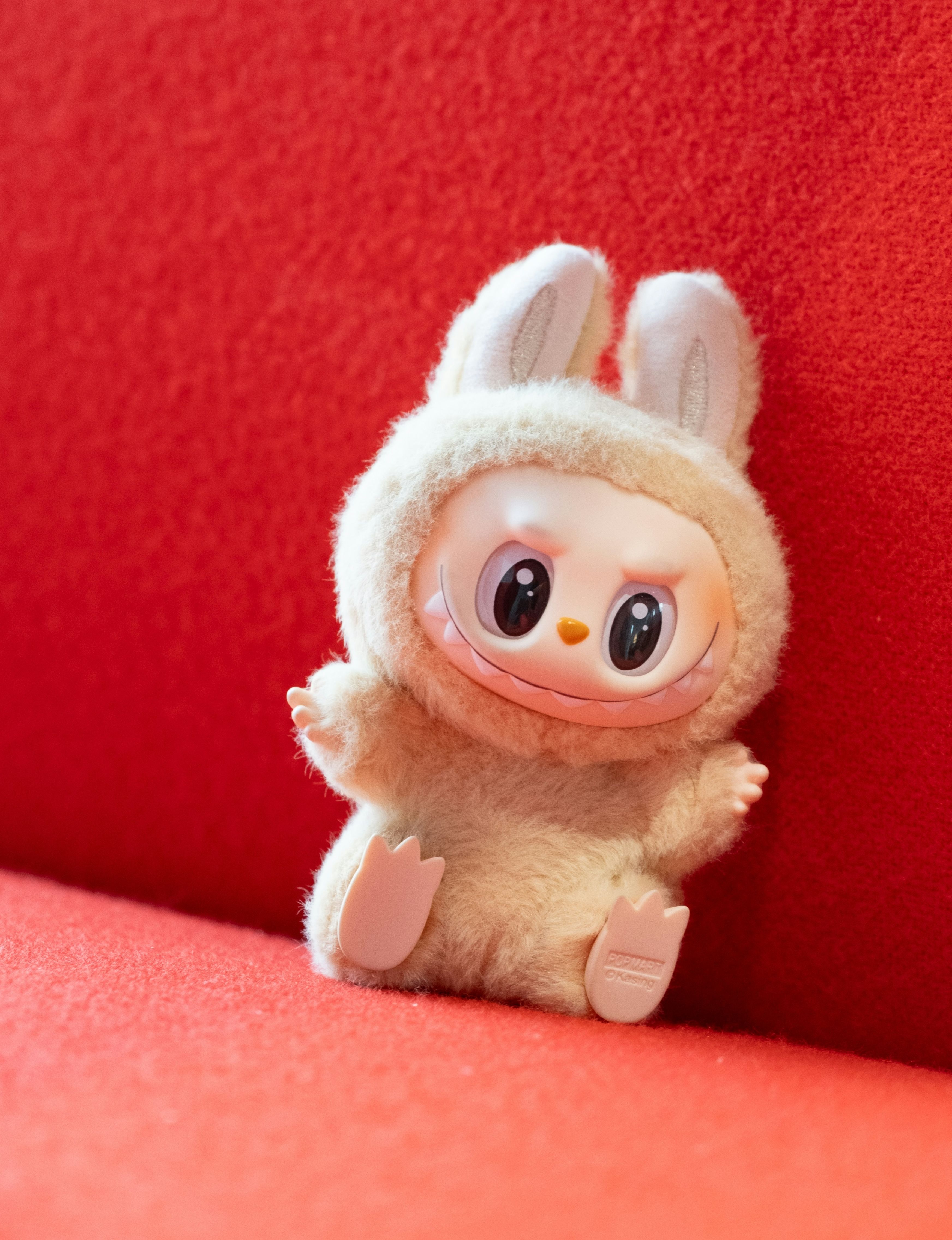Labubu, Stanley, and Matcha Hype: Lessons on Consumer Behavior

David Kristianto from Unsplash.com
At first glance, some product trends are downright baffling.
People are buying mystery dolls they can’t even choose, lining up for hours just to get a pastel water bottle, or paying personal shoppers in Japan to score them the right kind of matcha.
The question is, what’s driving all of this?
We know Labubu isn’t the only blind box out there. Stanley isn't the only water bottle. And as for matcha—why is it the one going viral, while other teas like Oolong or classic Earl Grey fly under the radar?
The truth is, a closer look reveals a meticulously crafted psychology formula designed to transform us into loyal consumers.
Let’s now unpack the strategies that drive millions to chase these products.
More like this: The Psychological Strategies of Influencers
Purchases are a form of self-expression
Thanks to the algorithm, it's now easier than ever to find your "community”. Not just in the traditional sense, but through a social media feed curated around your interests.
Take matcha, for example.
Matcha has long been popular, but social media gave it a new life. It’s now tied to the “that girl” aesthetics and calming self-care rituals. It’s a popular lifestyle trend on TikTok where people go about their day in that “romanticize your life” vibe: waking up early, doing pilates, putting on minimal makeup, eating clean, and of course, whisking their own ceremonial grade matcha.
When people buy matcha, they’re buying into that lifestyle.
And why ceremonial grade matcha, you may ask?
It’s the highest quality form of matcha, traditionally used in Japanese tea ceremonies. Beyond its vibrant green color that looks great on camera, it also fits the wellness narrative. Ceremonial grade matcha doesn’t come with added sugar or fillers. For today’s growing health-conscious audience, that makes a big difference.
There’s also something satisfying about the ritual itself—whisking the matcha by hand with a bamboo chasen. It feels slow, mindful, and even luxurious. For some, it’s about connecting to a tradition. For others, it’s simply about setting the tone for a calm, intentional day.
More importantly, the hype has gone global. Suppliers in Japan have reported increasing strain on production. Some regions are struggling to meet export demands. According to The Japan Times, top producers such as Ippodo and Marukyu Koyamaen have begun implementing restrictions to preserve local availability.
Matcha, in this case, becomes more than a drink. It’s a signal of belonging to a global community that shares the same niche.
Scarcity shapes decision-making
Remember when people are camping outside Target to get their limited-edition Stanley tumblers? Or how Labubu dolls sold out instantly after Lisa from BLACKPINK posted hers, leading to a wave of demand across Asia?
The willingness to wait in line or pay extra for something exclusive is deeply rooted in behavioral psychology.
Scarcity triggers urgency. It’s a classic business tactic that nudges people to act fast, bypassing rational thought. This shows up in:
- Limited drops & exclusives
- Countdown timers
- “While supplies last” prompts
- Flash sales
What’s more, the entire process is chemically reinforced by our brain. The anticipation of a drop releases dopamine. The stress of racing against thousands of online shoppers triggers cortisol. Finally, scoring the item brings a wave of relief and satisfaction. It’s an emotional high and brands know how to engineer it.
From celebrity collaborations to viral haul content, they tap into this emotional rollercoaster. Even luxury brands like Hermès thrive on this—think of how hard it is to get a Birkin.
Social proof drives momentum
Much of the hype around Labubu, Stanley, and matcha is reinforced by visibility. Viral videos, influencer endorsements, and online buzz create a sense of collective excitement that spreads quickly.
This is the power of social proof. When enough people seem to love something, we naturally become curious. Platforms like TikTok, Instagram, and YouTube are built to amplify this. You like a video of someone making matcha. Then another. Soon, your entire feed is filled with chasen whisks, Stanley setups, and Labubu unboxing hauls.
The content often follows a familiar format. You’ll see videos like “Making my morning matcha,” “Restocking my Stanley,” or “Labubu shelf tour.” This format lowers the barrier for viewers. It doesn’t say “buy this”, but more like “this is just what we do.” And when you see enough people doing the same thing, it starts to feel like something you should be part of too.
Then comes the seamless path to purchase. Affiliate links, yellow cart features, and promo codes collapse the distance between desire and action.
By the time the package arrives, your camera’s ready and you become the next person to pass on the trend.
Consumers don’t just buy, they experience
Combined together, all these forces become a part of a collective experience.
Labubu fans hunt drops together, film hauls, and share the thrill of the “secret” chase with others.
Stanley collectors decorate their tumblers and prep them with snacks for an outdoor walk.
Matcha lovers film their morning rituals and recommend cafés with the best “umami” matcha.
The product becomes a prompt for content, conversation, and connection. Some of it is organic, some of it is seeded. But either way, the product becomes part of a lifestyle people want to talk about.
This is a powerful reminder that beyond product features, value is shaped by the ecosystem around it. Of course, not every trend lasts forever. But when a product taps into these forces, it creates the kind of launch moment every business hopes for.
Step Into the Room Where Leaders Grow
Business
Tags: Brand, Marketing, Case Studies, Digital
References:
https://www.japantimes.co.jp/life/2025/02/23/food-drink/matcha-shortage-global-solutions/
Anggie is the English editor at Leaderonomics, where creating content is an integral part of her daily work. She is never without her trusty companion: a steaming cup of green tea or iced latte.






